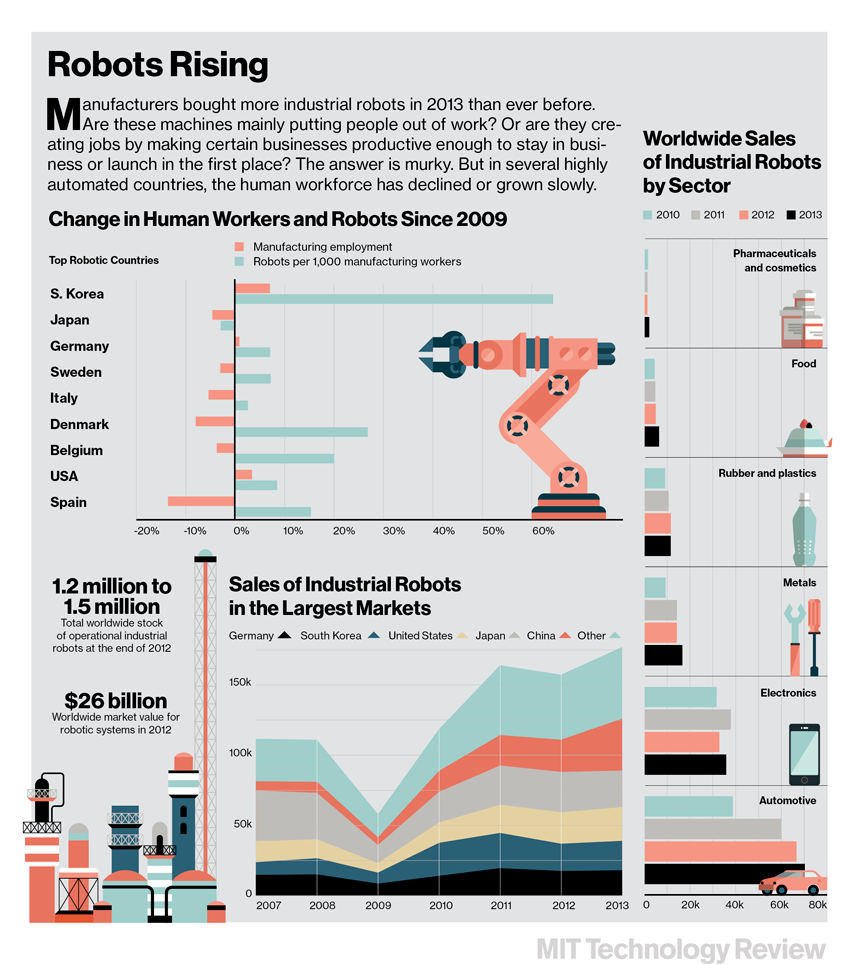Using data from the US Dept of Agriculture Economic Research Service (USDA-ERS) I made the following two charts (I am in the infant stages of learning Excel, excuse the poor formatting!).
They show the "Accounting Profit"(
RED) and "Economic Profit" (
BLUE) for Corn and Soybeans in 2013. The distinction between the two is important in AP Microeconomics.
When tallying costs, accountants only care about explicit money costs paid for resources. When calculating economic costs, economists include implicit Opportunity Costs in addition to money costs.
Economic costs are
ALWAYS going to be more than accounting costs, hence economic profits are
ALWAYS going to be less than accounting profits. Repeat that until it clicks!
As a recent transplant to the mid-West (Illinois, now Ohio) I have quickly learned that Corn and Soybean require very similar resources to grow---the Opportunity Cost of switching from one to the other is apparently quite low.
Simple observation: Growing Corn in the "Northern Great Plains" does not seem like a good idea. Soybean returns a higher accounting and economic profit. Growing Soybean in the "Heartland" seems like a GREAT idea--accounting AND economic profits are high.
Note this data are for 2013. I drive around Central Ohio quite a bit. I notice many more fields that had corn last year are now teeming with soybean. Why?
Economic theory (and apparently practice if I can believe my lying eyes!) suggests in a "perfectly competitive" market, the presence of economic profit(s) induces producers to enter that market.
Use these graphs as you wish. Hope it helps with the concept.
Here are the agricultural regions (
SOURCE USDA-ERS):




